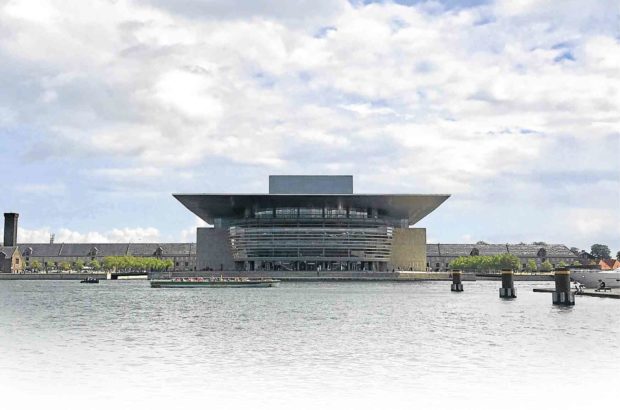
Copenhagen is a biophilic city that boasts of some of the world’s most exciting architecture existing alongside an extensive network of open spaces, parks and waterways, which makes it one of the world’s most livable cities.
The term corporate social responsibility has been a favorite phrase of late. The Oxford dictionary defines it as a company’s sense of “duty to treat people fairly and play a positive part in society.”
Aside from providing assistance to the less privileged members of society, it also includes supporting advocacies that fight environmental degradation and promote sustainability.
In the field of architecture and design, sustainability continues to be a catch-phrase to connote any deliberate effort in saving power, reducing use of timber and natural materials, harnessing rainwater for re-use, aiming for carbon-reduced building costs, and eventually carbon-neutral operational costs.
It exists in the near-panic level of attempting to curb any further environmental degradation in the face of humanity’s potential consumerist self-destruction. Green rating systems like the US-developed “LEED” (Leadership in Energy and Environmental Design) and the local rating system “Berde” by the Philippine Green Building Council, have provided some measure of sustainability standards to establish credibility for those who make that claim.
But being sustainable is not the only answer to our environmental issues. Beyond planning and architecture’s support for functional patterns of living, design must go further to promote adaptability, resilience and active “partnering” between the human-built structure and surrounding natural systems. Design must also be regenerative.
Regenerative design
As a “regenerative design,” the built environment must have the ability to renew or revitalize the source of energy and materials it has drawn from.
While sustainable design aims to reduce or eradicate consumption, regenerative design takes on the role of producer. While the practice of sustainability restrains us from consuming too much to ensure provisions for future generations, regenerative design strives to guarantee that there will indeed be those provisions for the next generation.
On the more technical aspect, regeneration looks into the stability of the ecosystem and its biodiversity, relationships and its healing.
In a way, it develops a co-dependent relationship between design and natural design; between the built environment and the natural environment.
Having said that, regeneration is a tough concept for planners, architects and designers to pursue. Since the planning and design processes will have to look deeply into the project context, much cooperation is required from the various players of a project team.
Specialist consultants for the natural sciences are essential to planning for regeneration, and this can only be made successful when they are supported with a staunch commitment to the cause, and a keen partnership among owners, developers, consultants and users.
Biological connection
On a smaller, more personal scale, there is another aspect of environmental relationships that affect nature’s and the built environment’s effect on man. This is man’s innate psychological and physical affinity for the natural environment and his deep biological connection to nature, termed as “biophilia.”
Biophilia explains why we marvel at great views from a mountaintop, or enjoy the crackling of a bonfire and the sound of the waves as they fold into the seashore. It explains why strolling in parks has restorative, healing powers, as opening curtains for sunlight and having a view of a garden do as well. It further explains why urban areas that have flora, water elements, scents, sounds, breezes, animals and other natural elements are enjoyed by people. Connecting the urban dwellers to these elements caters to humanity’s natural longing to be a part of nature.
In New Zealand, the capital of Wellington enjoys quick access to wildlife reserves and botanical gardens. Its urban outdoor features and extensive green strips promote biophilic connections within the city.
This connection is even more essential in modern times when people spend most of their waking hours indoors. Thus, biophilic design must, at its most basic, provide a setting that considers human beings as an integral component of both the built and the natural world.
When satisfied, this affiliation translates largely into a positive emotional state that brings about many other benefits. Biophilic design improves creativity, develops cognitive function, helps reduce stress and gives modern man a greater sense of well being. All these eventually translate to better economics, better quality of life and a deep sense of satisfaction in living.
In as much as the design professionals have a great responsibility to both protect and harness the world’s resources in order to continue building and creating for enjoyment, citizens must also develop the intrinsic will to protect and nurture the natural world.
Practicing sustainability, enjoying biophilia and pushing for regeneration go beyond mere social responsibility. These are the acts of our true calling as human beings.
The author is the design principal of Asuncion-Berenguer Inc., which has expertise in a diverse range of projects including clubs, hotels, resorts, residential, institutional and commercial developments for clients in the Philippines, Thailand, China and Hong Kong.